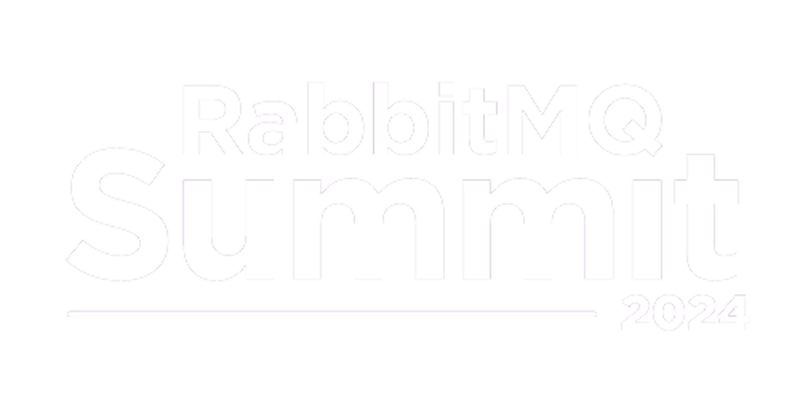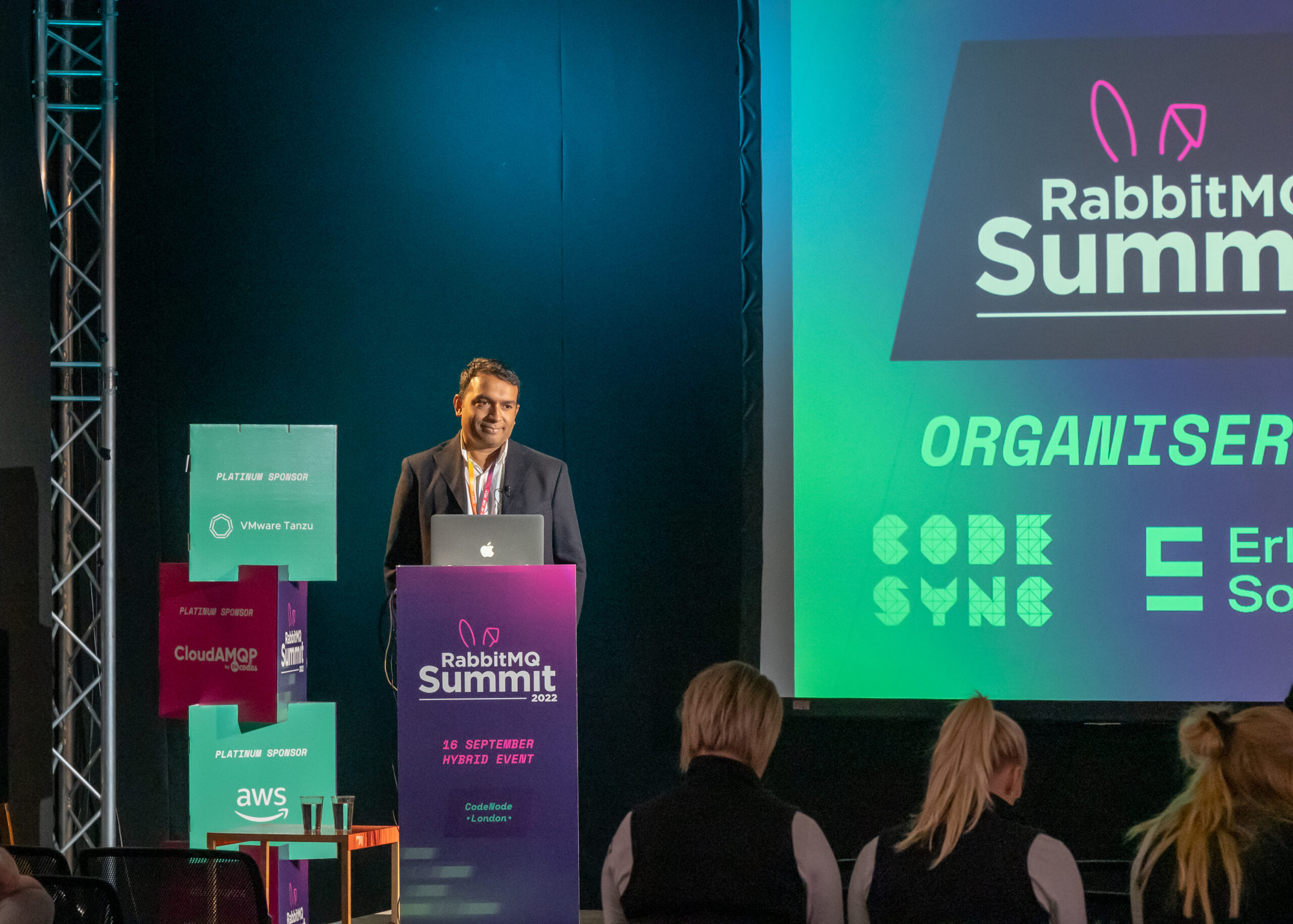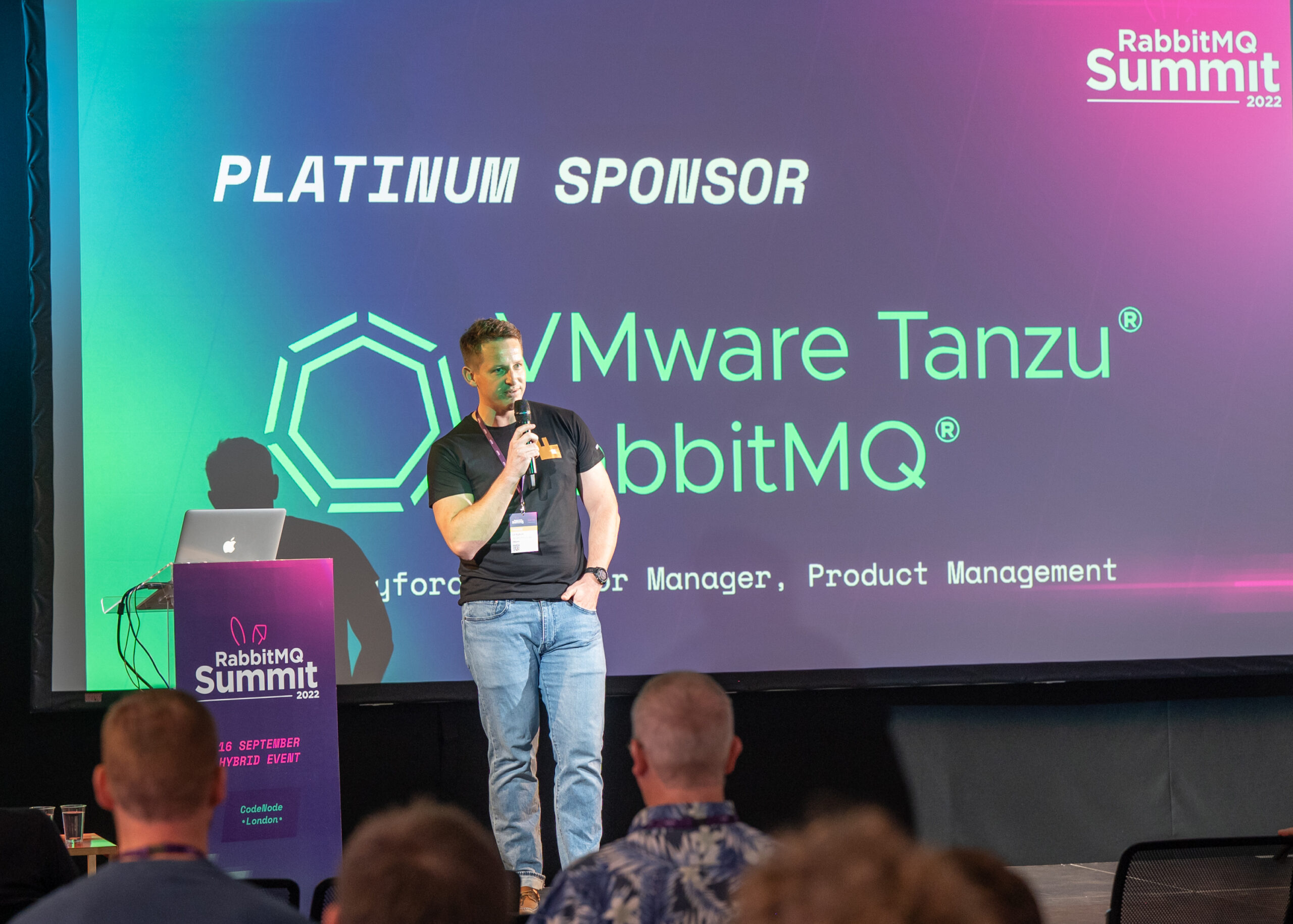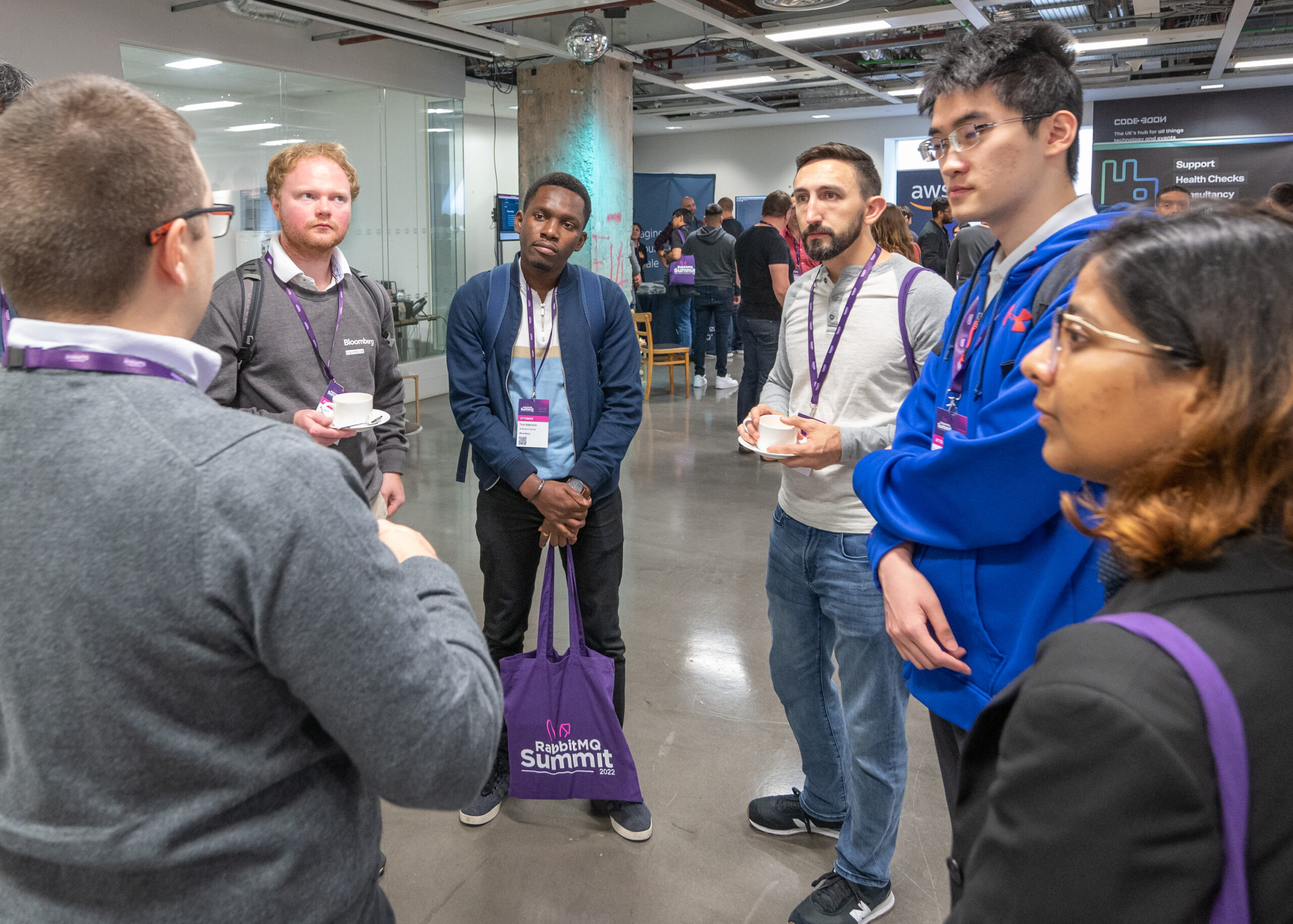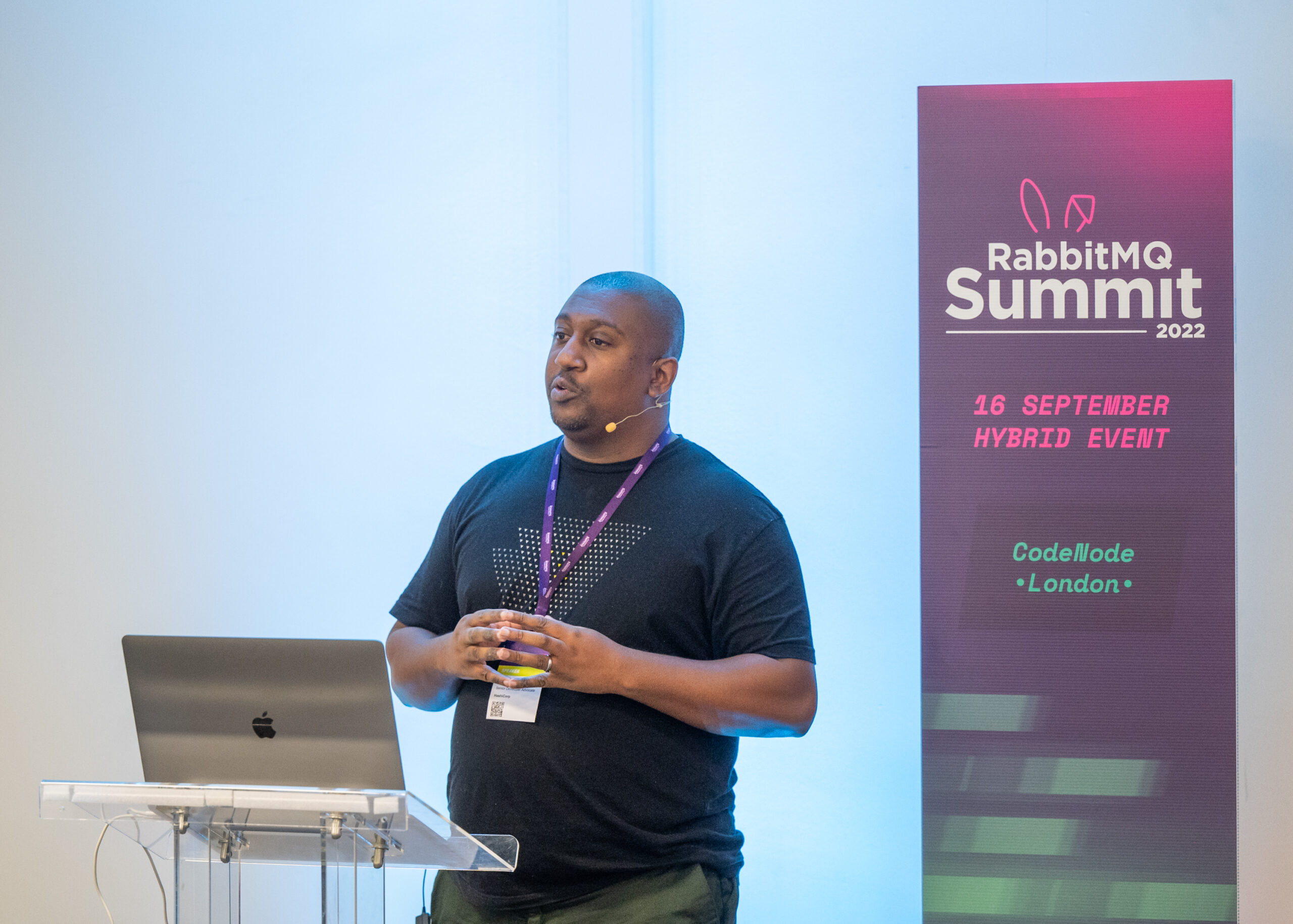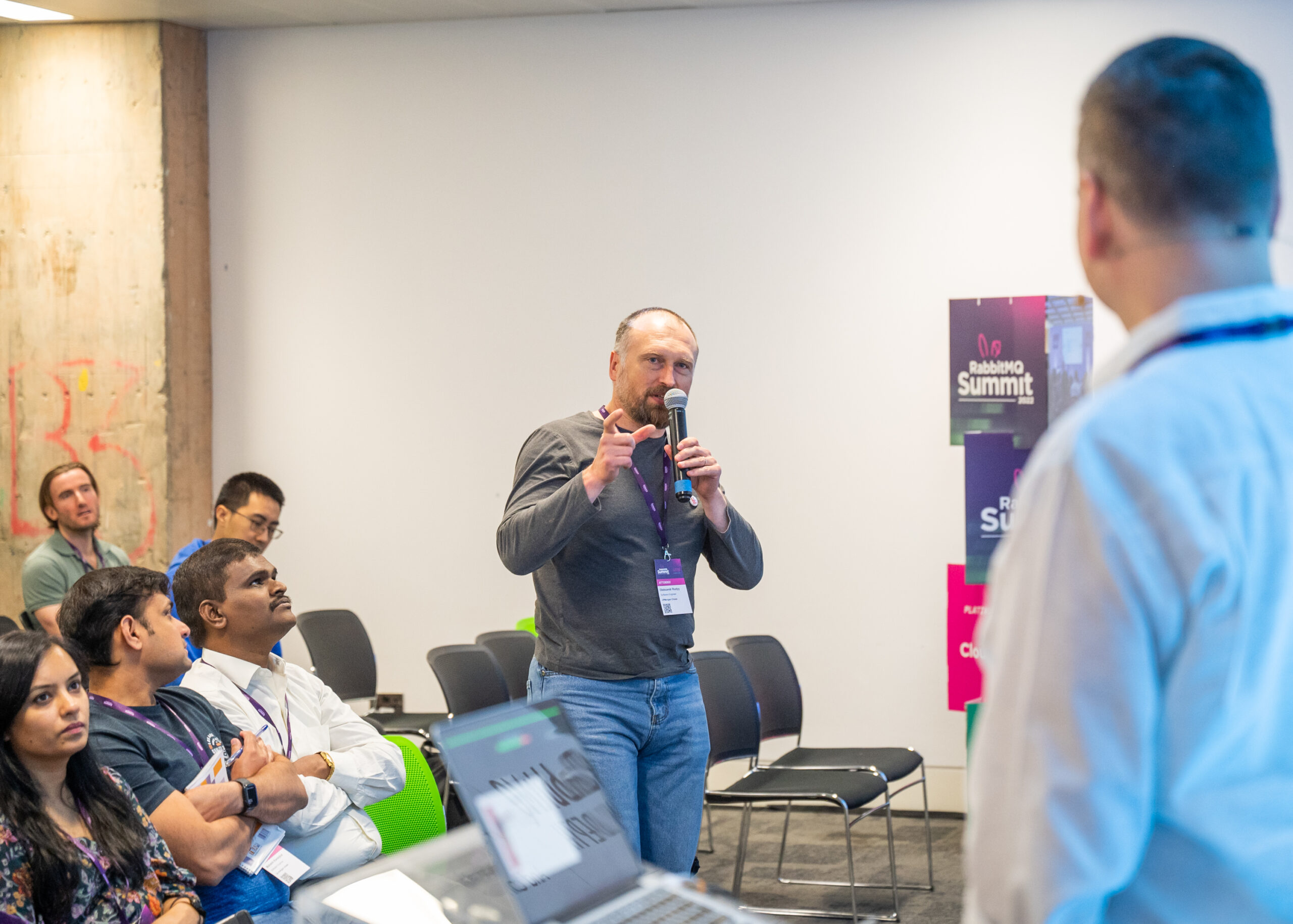


Videos
& SlidesCheck out recordings from previous editions and see what you’ve missed out on!
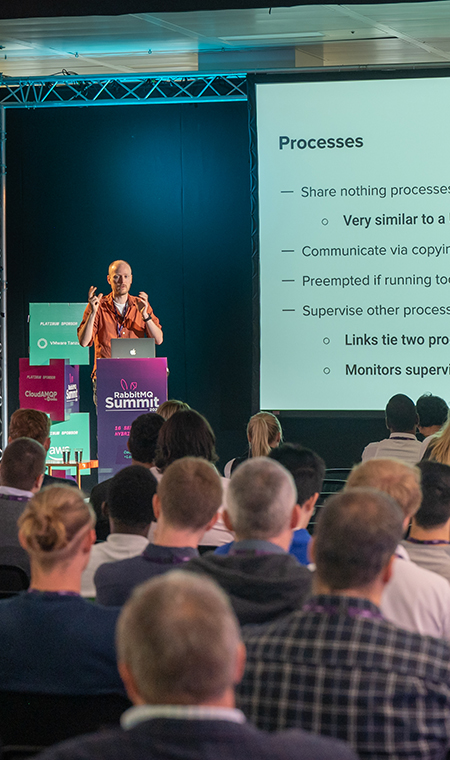
About
The EventThank you for joining RabbitMQ Summit 2023! Now let’s get ready for 2024!
We bring together developers and IT professionals interested in RabbitMQ, the most widely deployed open-source message broker, used by over 35,000 companies worldwide, a leading implementer of Advanced Message Queuing Protocol (AMQP), as well as supporting a host of other protocols, including MQTT and STOMP.
You’ll hear from industry experts who share their insights and best practices for implementing RabbitMQ in your organisation.
Tuesday
Sonnenallee 225, Berlin
from biggest companies
150 available
Our speakers
Get a 360-degree perspective from business and technology experts about the opportunities, challenges and solutions organizations.
Adam Casey
Alvaro Videla
Marcus Held
Erica Weistrand
Nyior Clement
Gabor Olah
Shweta Bhargava
Conference
ScheduleCheck the details about time duration, speaker, venue & more.
Ticket
PricingAll ticket prices exclude VAT and fees! The ticket includes participation in the summit (1-day, 1-track), coffee & snacks, lunch and free beer at the end, access to the Exhibition Area on the day.
Very Early Bird
-
Sale starts on 15 June
-
A very early ticket to the Summit (20 Oct)
-
Does not include tutorial
-
Sale ends on 28 June or when it is sold out.
REGULAR
-
An regular ticket to the Summit (20 Oct)
-
Does not include tutorial
-
Sale ends on 12 October or when it is sold out.
LAST MINUTE
-
A last minute ticket to the Summit (20 Oct)
-
Does not include tutorial
-
Sale ends on 19 October or when it is sold out.


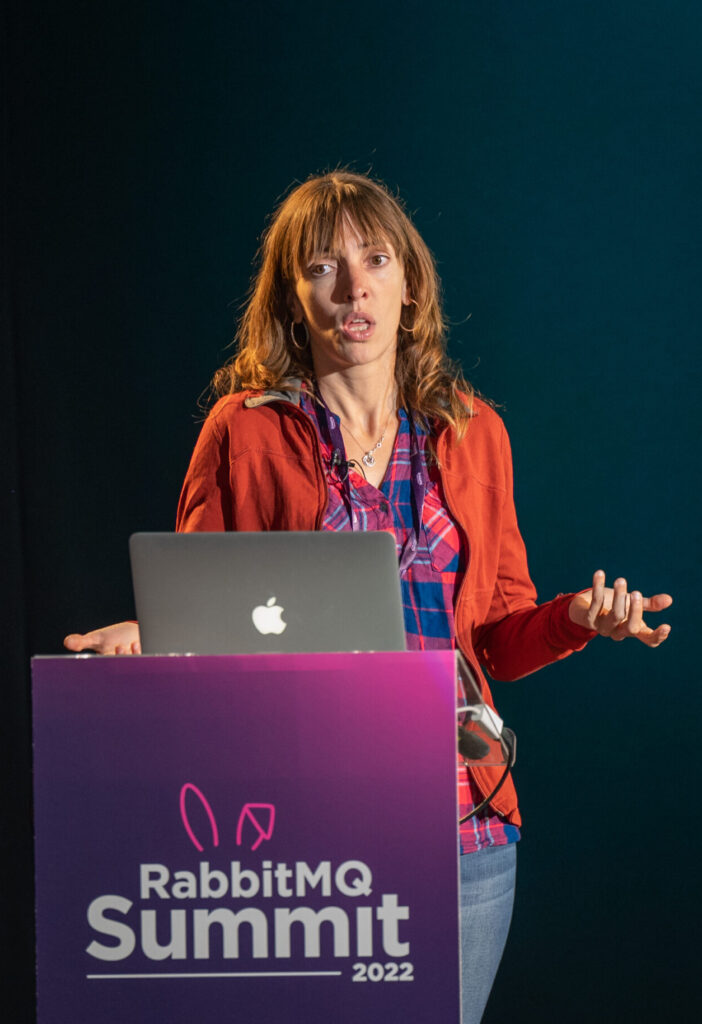

What to
ExpectAn excellent location between the airport and the center of Berlin, the city with a large tech hub and vibrant cultural scene. 1 Day, 1 track and lots of fun inbetween.
Creative Talks
Bringing you super-talented individuals who have a story to tell about something creative they’ve worked on that made us go.
Good Vibes
We’re an open community excitied to welcome new joiners, especially from underrepresented groups in IT. We can’t wait to meet you!
New contacts
During the breaks talk the the exhibitors and other attendees to check what others are doing with RabbitMQ, who’s hiring and who’s looking for new projects.
Upskill
YourselfTraining courses have always been an extremely popular part of our events, so make sure to pick the one that’s for you and save a seat, before you can!

Introduction
TutorialIntroduction to RabbitMQ for DevOps
9-13 October 2023, online
This tutorial is a crash course into setting up a production-ready RabbitMQ, learning about best practices. The course covers the basics of messaging and provides practical examples with hands-on exercises.
Event
LocationThe Summit is taking place Estrel Hall, part of Estrel Congress Center, which is part of a beutiful and full of modern art hotel, located in Berlin's Neukölln district.
Click on the paper plane for more details. The instruction cover directions for those traveling by car, parking, air travel and public transport.
Estrel is a 4-star-superior hotel that has four restaurants, three bars, a modern wellness & fitness area.
Become a
SponsorBecome part of our conference and let’s make it the best RabbitMQ Summit it can be. This not only helps us grow the community, but also:
Brand awareness
Promote your brand and company in front of 200 RabbitMQ professionals and show what tools you're using
Recruitment
Reach out to developers, engineers, DevOps and some of the best talent in the industry and explain your culture, processes and benefits
Networking
Expand your network and business by meeting like-minded professionals within the RabbitMQ community
Webinar
OnlineJoin us for the RabbitMQ Summit’s pre-conference webinar to check in with the community, learn more and get to know us! Sign up for free!
TOPIC
Replacing Legacy Message Queueing Solutions with RabbitMQ
TIME
10:00 AM CEST, 7 September, 2023
PLACE & PRICE
Online (Zoom), free of charge
ABOUT
Led by Sofie Abrahamsson (CloudAMQP) and Brett Cameron (VMS Software Inc.), this session delves into RabbitMQ’s potential to replace outdated message queuing solutions in legacy environments. Read more about it HERE.
Call for Talks
Would you like to present a talk at the upcoming RabbitMQ Summit 2024, share your experience and knowledge with the audience?
Call for Talks opens on 25 April 2024.
Programme
CommitteeThe talks are being selected by the top experts from the industry.
Gabor Olah
Howard Twine
Iliia Khaprov
Nyior Clement
John Samuel
Lovisa Johansson
Code of
ConductAll attendees, speakers, sponsors, and volunteers at our conference are required to agree with and follow the code of conduct.
We are dedicated to providing a harassment-free conference experience for everyone, regardless of gender identity, sexual orientation, disability, physical appearance, body size, race, religion.. We do not tolerate harassment of conference participants in any form. Sexual language and imagery is not appropriate for any conference venue.
Participants asked to stop any harassing behavior are expected to comply immediately.
We expect participants to follow these rules at all conference venues and conference-related social events.
Get Your Ticket Now
Bringing you super-talented individuals who have a story to tell about something creative they’ve worked on that made us go.
